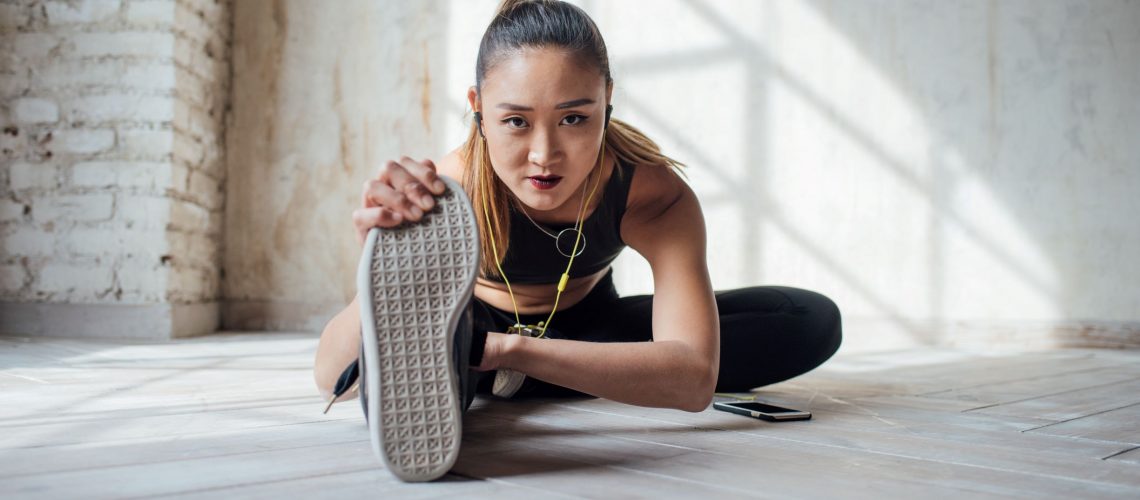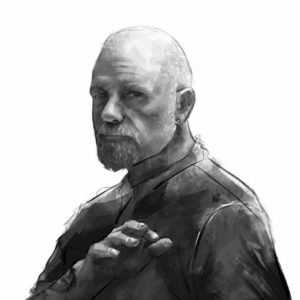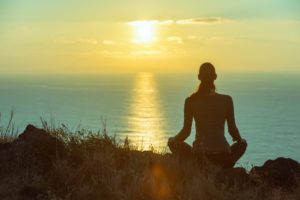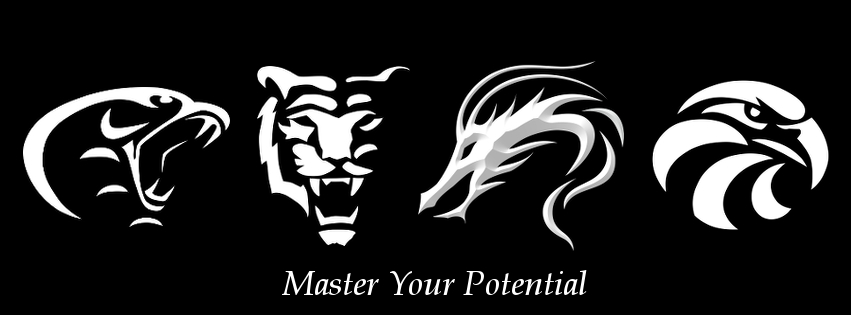This is the 5th part of the series on exercise and fitness. Be sure to read through the previous posts for a full understanding of the topic.
Flexibility is perhaps not the best way to describe the desired effects we pursue during our training. Mobility, healthy movement and correct posture are just a few of the more updated ways of thinking about flexibility. What we really seek when chasing flexibility is our full range of motion within the context of that body part. This means eliminating stiffness and soreness in muscles, working on freeing up the soft tissue around our joints without weakening it and moving through everyday and sporting activities with maximum performance and without pain.
For many years we have been told that we need to do long static stretching routines that take longer than the exercise you are about to do… If we don’t we will injure ourselves, our performance will be impaired and we will feel terrible in the days to come. Static stretching has also been the one and only thing we need to do to increase our flexibility but this may be falling slightly short of things.
One of the latest studies shows evidence that stretching one muscle beyond 60 seconds can have detrimental effects to performance. Even if you keep stretches below 30 seconds as is normally recommended, it at best has “no detrimental effect”, and may make injury more likely. If i am going to do an exercise I would like something a little better than “no detrimental effect”…
Warming up is however still important, the questions is how? Another study shows that dynamic stretching or warm ups that involve more movement, instead of just holding one position within that limb’s full range, can increase explosive movement performance in some areas.
Dynamic stretches are what our Brocades that we do at the beginning of class are centred around. We combine Chi Kung breathing techniques, good postural positions, movements that resemble more complex combat techniques to help build muscle memory, and dynamic movements that move the body through it’s full range of motion. The Brocades start out simple in order to build a good base to work from and increase in difficulty as you progress through the ranks (advanced brocades resemble the element being studied).
Movement is also far superior to static positions because static positions don’t actually generate much heat and warm up your muscles… which is kind of the point when warming up for activity… One of the best ways to warm up is to do movements that closely resemble what you are about to do but slower, with more control and little to no explosive movements.
Some activities such as yoga and martial arts have always involved movements that push your full range of motion. We should however be careful when looking at some super flexible practitioners as your maximum flexibility has a lot to do with your genetics. We all have our own genetic make up that determines our build and our maximum range of motion before we start weakening our joints and injuring ourselves. Most of us fall short of this through poor everyday habits such as excessive sitting and lack of activity. Some people can even be born with hyper-mobility which means they don’t have the automatic “stop” feeling when they push themselves too far so need to be extra careful when moving. This just means that you need to work within your personal range of movement and not try to mimic some genetically gifted individual. This doesn’t mean that gifted people do not also work very hard at what they do, just that we must set our own high standards rather than follow someone else to our own detriment.
Now don’t throw out static stretches altogether. They play a key role in many things such as physiotherapy and rehabilitation in muscles. We just need to expand our concept of flexibility to include more aspects of movement. So if you are looking to warm up for an activity or increase your full range of movement try actually moving. Do some slow, full squats, lift, circle and swing your legs, hang or swing off a tree branch, circle your shoulders, wrists and elbows or do one of your Brocades and gently help your body move how you were born to move.










